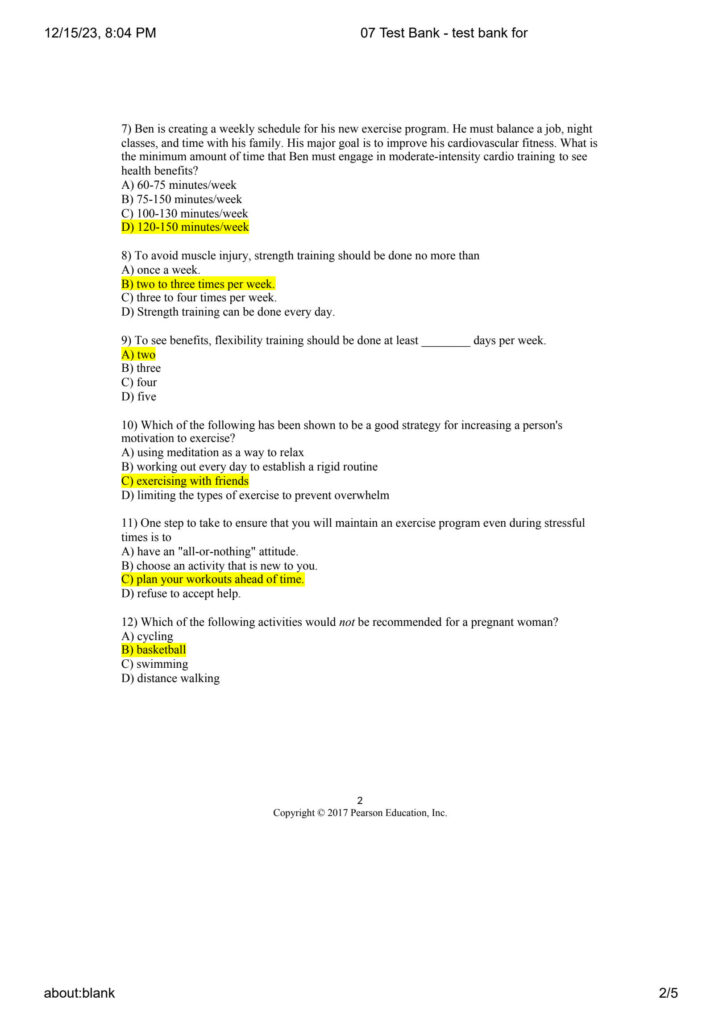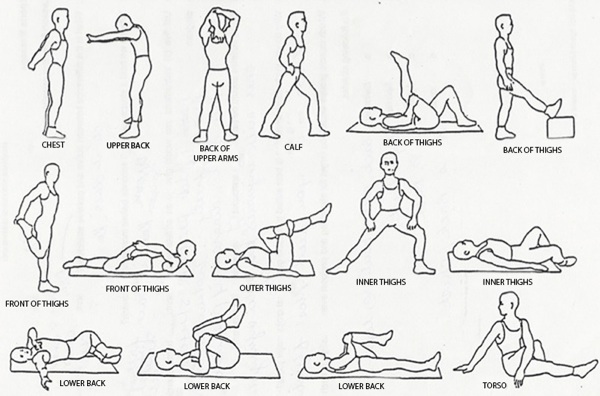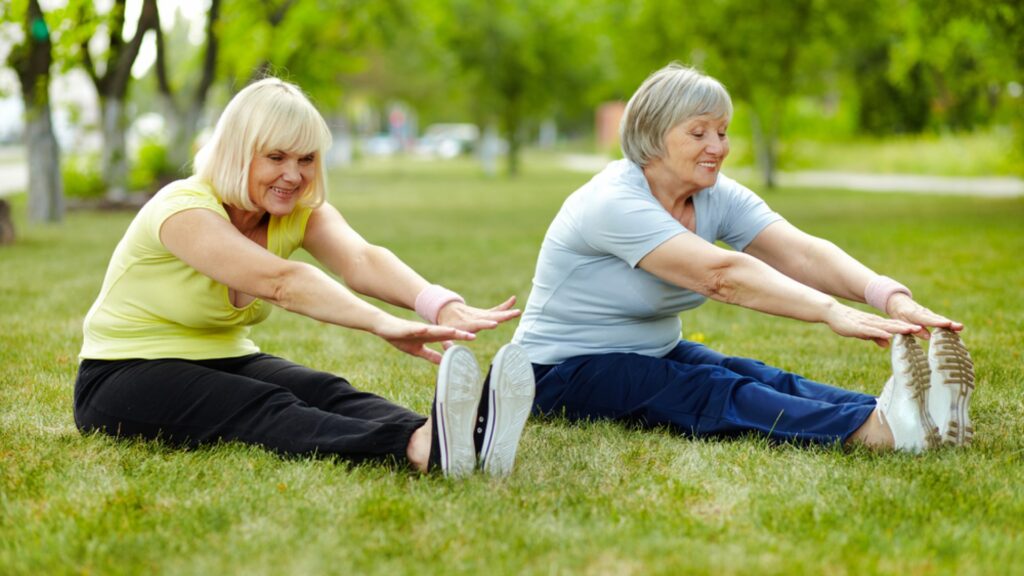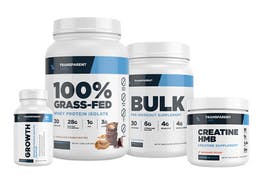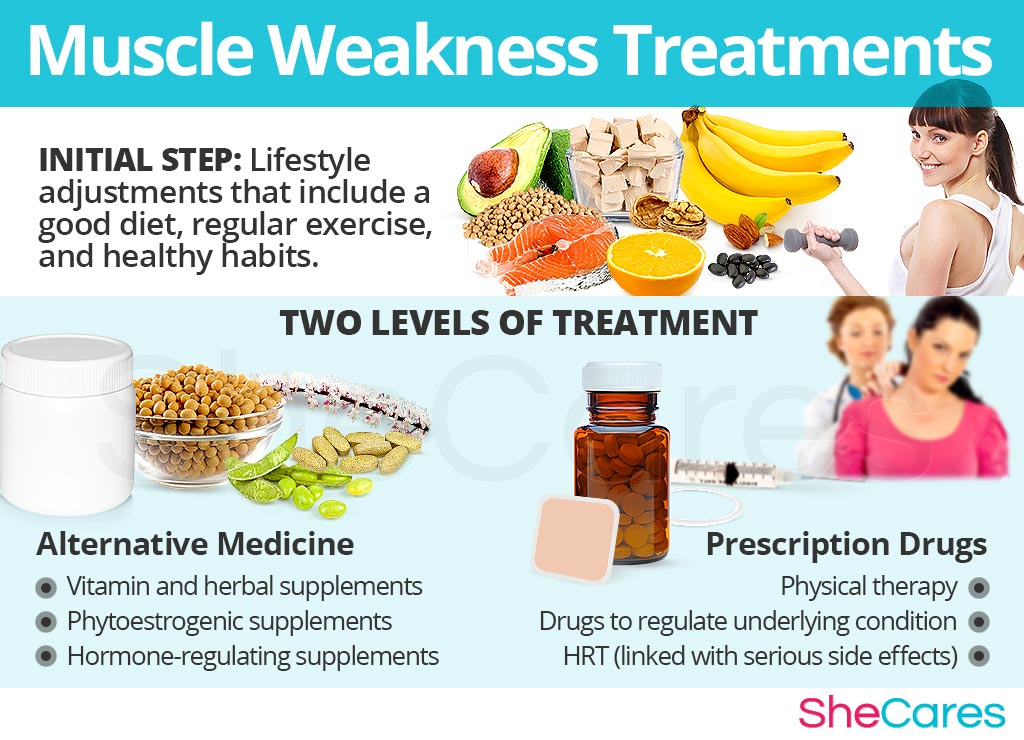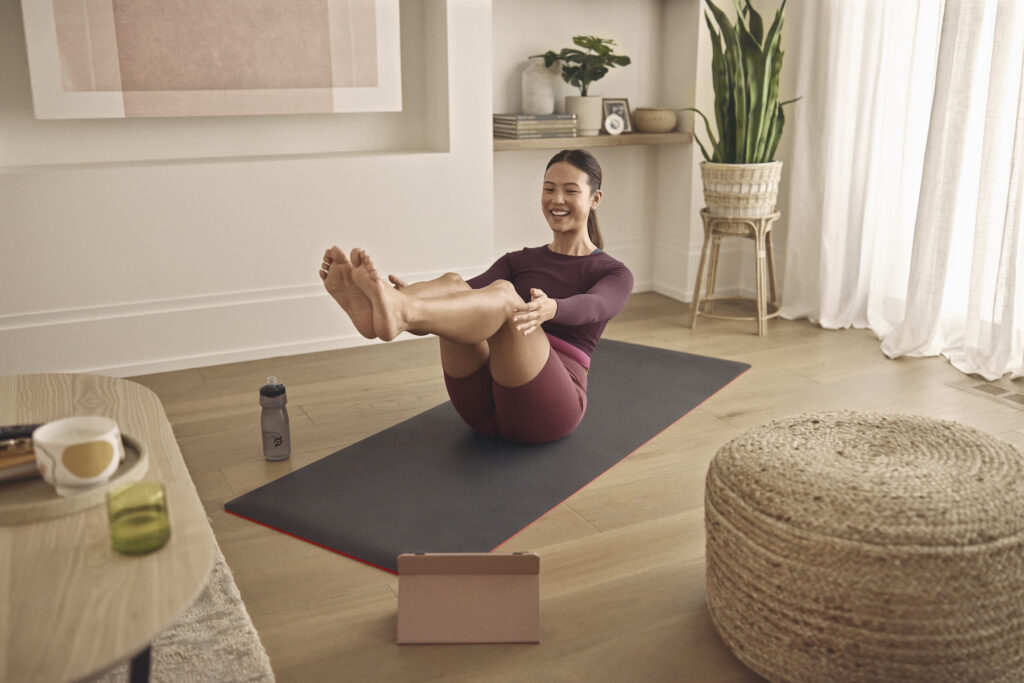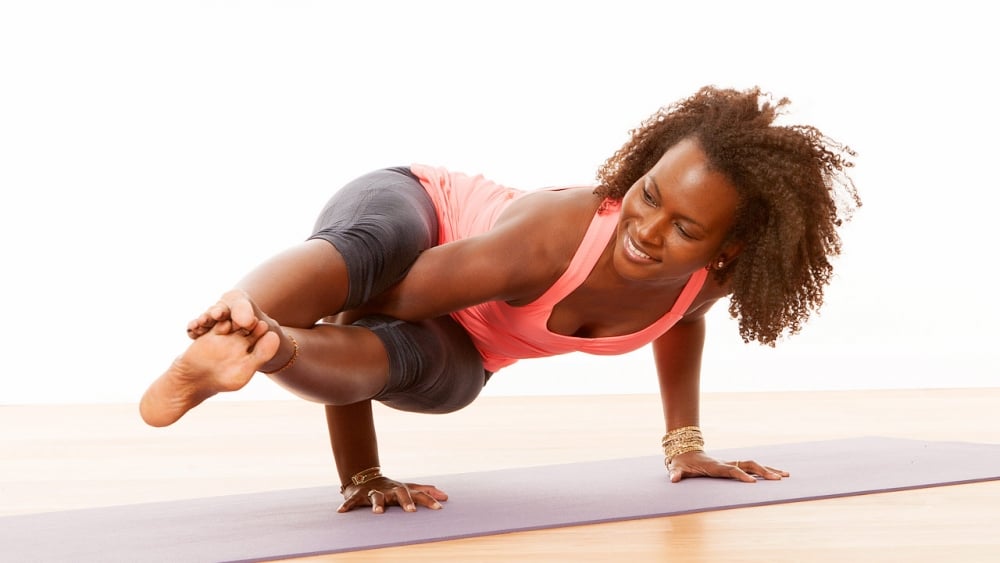Weightlifting does not help increase flexibility. Stretching exercises like yoga or Pilates are more effective.
Flexibility is crucial for overall fitness and injury prevention. Engaging in activities that promote flexibility can improve your range of motion, reduce muscle stiffness, and enhance physical performance. Stretching exercises, yoga, and Pilates are some of the best practices to improve flexibility.
These activities focus on elongating muscles and increasing joint mobility. On the other hand, weightlifting, while excellent for building strength, does not contribute significantly to flexibility. Balancing strength training with flexibility exercises ensures a well-rounded fitness routine. Prioritizing flexibility can lead to better posture, reduced risk of injuries, and greater ease in performing daily activities.
Introduction To Flexibility And Common Misconceptions
Flexibility helps you move easier and feel better. It allows your muscles to stretch and move freely. This reduces the risk of injuries and muscle pain. Flexibility can improve posture and balance. It also makes daily tasks simpler.
Some believe that only young people can improve flexibility. This is not true. Anyone can become more flexible with regular practice. Another myth is that you must stretch for hours. Short, daily stretches are very effective. Some think that stretching before exercise is enough. Stretching after exercise is also important for best results.
Debunking Flexibility Myths
Static stretching before exercise does not help increase flexibility. It can actually reduce muscle strength. Static stretches should be done after a workout. This is when muscles are warm and pliable. Warm-up with dynamic stretches instead. These involve movement and help prepare your muscles for exercise.
Feeling pain does not mean you are increasing flexibility. Pain can signal injury or overstretching. Stretching should feel good and not hurt. Gentle stretching helps muscles relax and lengthen. Push to the point of tension, not pain. Always listen to your body and stretch safely.
Activities Unlikely To Improve Flexibility
Running is great for the heart and lungs. It helps build endurance and strength. Running does not stretch the muscles much. Muscles stay in a limited range of motion. This does not lead to increased flexibility.
Weightlifting builds strong muscles. It is good for bone health. Weightlifting often involves short, powerful movements. These movements do not stretch muscles fully. Therefore, flexibility does not improve much.
The Truth About Stretching And Flexibility
Static stretching involves holding a stretch for a long time. It helps to lengthen muscles slowly. Dynamic stretching uses movement to stretch muscles. It prepares the body for activity. Both types are important. They serve different purposes in your routine. Each type of stretching has its benefits. Knowing when to use each can improve flexibility.
Consistency is key to improving flexibility. Stretching regularly leads to better results. Missing sessions can slow progress. Make stretching a daily habit. Even a few minutes can help. Stay committed for long-term benefits. Flexibility won’t improve overnight. Patience and regular effort are essential.
Alternative Methods To Increase Flexibility
Yoga helps to stretch muscles. It also improves balance and strength. Pilates focuses on core strength. Both practices can increase flexibility. Consistent practice is key. Classes are available for all skill levels. Start with beginner classes. Progress at your own pace. Remember to breathe deeply. Listen to your body. Avoid pushing too hard. Enjoy the process of improvement.
Foam rolling can reduce muscle tightness. It targets specific areas of the body. Myofascial release helps to break up scar tissue. This method can increase blood flow. Use a foam roller gently. Avoid any painful areas. Focus on sore or tight muscles. Spend a few minutes on each area. This practice can improve flexibility over time. It also helps in muscle recovery. Combine with stretching for best results.
Understanding The Role Of Genetics
Genetics play a big role in how flexible you can become. Some people are born with more flexible muscles. This makes it easier for them to stretch. Others have tighter muscles and find it harder to increase flexibility. Regular stretching can still help improve your range of motion.
It is possible to improve flexibility even if you are not naturally flexible. Consistent practice can make a difference. Yoga and stretching exercises are good options. These activities can help your muscles become more flexible over time. Start slow and be patient with your progress.
Designing A Flexibility Training Program
Warm up before stretching. Use gentle movements. Hold each stretch for 20-30 seconds. Breathe deeply and relax. Stretch both sides of the body. Include a variety of stretches. Focus on major muscle groups. Avoid bouncing during stretches. Stretch regularly for best results.
Start with light cardio. Try walking or jogging for 5 minutes. Stretch your hamstrings. Sit and reach for your toes. Hold for 20 seconds. Stretch your quadriceps. Stand, hold your ankle, and pull towards your back. Hold for 20 seconds. Stretch your shoulders. Extend one arm across your chest. Hold with the opposite hand. Hold for 20 seconds. Stretch your back. Sit, twist your torso, and hold. Hold for 20 seconds. End with a gentle cool down. Try slow walking for 5 minutes.
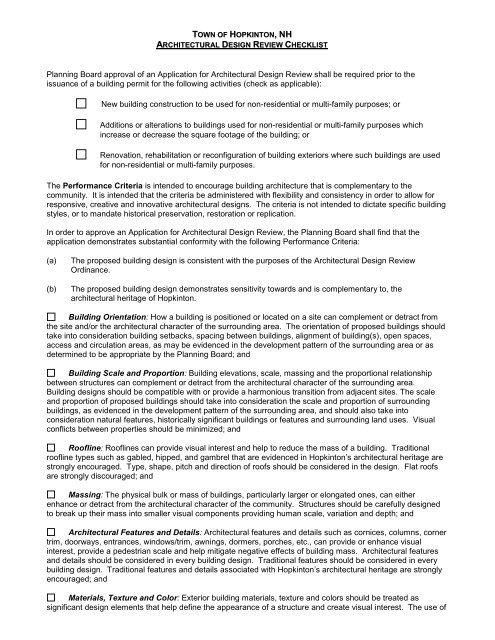
Credit: www.yumpu.com
The Impact Of Lifestyle On Flexibility
A balanced diet is crucial for flexibility. Eating fruits and vegetables can help maintain healthy muscles. Hydration is also important. Drinking plenty of water keeps muscles supple. Avoiding junk food can improve flexibility. Too much sugar and fat can stiffen muscles. Staying hydrated helps prevent muscle cramps. Healthy eating and drinking improve overall flexibility.
Stress can tighten muscles. Relaxation is key to staying flexible. Practice breathing exercises to reduce stress. Yoga can also help. Sleep is just as important. Enough sleep helps muscles recover. Poor sleep can make muscles stiff. Aim for 8 hours of sleep each night. Manage stress and get good sleep for better flexibility.
Conclusion: Integrating Flexibility Into Your Routine
Incorporating flexibility exercises into your daily routine can greatly enhance your overall mobility and health. Avoid activities like weightlifting with heavy loads, which do not contribute to increased flexibility.
Balancing Flexibility With Other Fitness Goals
Flexibility is important for overall health. It’s crucial to balance it with other fitness goals. Strength training builds muscle. Cardiovascular exercises improve heart health. Flexibility exercises stretch muscles and improve range of motion. Yoga and Pilates are great for flexibility. Always warm up before stretching. This prevents injuries and enhances effectiveness. Incorporate various types of exercises for a balanced routine.
Final Thoughts On Flexibility Myths
Many myths surround flexibility. Some believe only dancers need it. Everyone benefits from being flexible. Others think stretching is the only way. Various activities increase flexibility. Yoga, Pilates, and tai chi all help. Consistency is key. Stretch regularly for the best results. Avoid believing common myths. Flexibility is achievable for everyone.

Credit: www.who.int
:max_bytes(150000):strip_icc()/righttowork-law.aspfinal-993592863fb440dfb17b8f6cbbe3c967.jpg)
Credit: www.investopedia.com
Frequently Asked Questions
Which Of The Following Activities Would Not Help Increase Flexibility Brainly?
Strength training alone does not help increase flexibility. Focus on stretching exercises like yoga or Pilates for better flexibility.
Which Of The Following Activities Enhances Flexibility?
Yoga, stretching exercises, Pilates, and tai chi enhance flexibility. Regular practice of these activities improves muscle elasticity.
What Poor Flexibility Can Lead To Quizlet?
Poor flexibility can lead to muscle stiffness, reduced range of motion, and increased risk of injury. It can also cause poor posture and discomfort during physical activities.
Which Of The Following Is Not An Example Of Good Static Flexibility?
Touching your toes without bending your knees is not an example of good static flexibility.
Conclusion
Understanding which activities do not enhance flexibility is crucial. Avoiding ineffective exercises saves time and effort. Focus on proven flexibility exercises for better results. This approach ensures a well-rounded fitness routine. Remember, smart choices lead to optimal flexibility and overall well-being.
Prioritize efficient activities for your flexibility goals.

